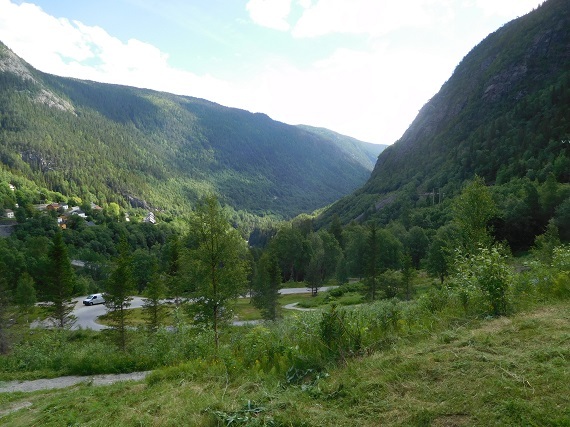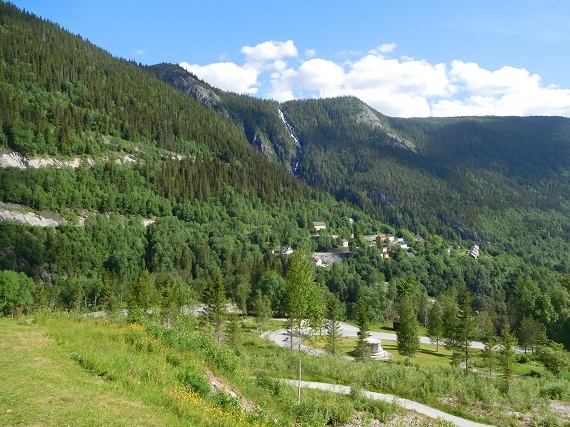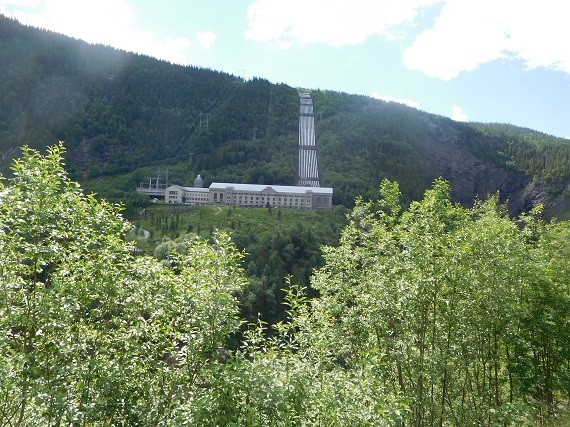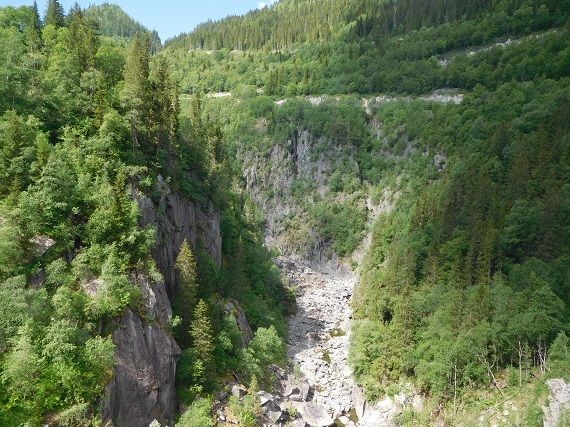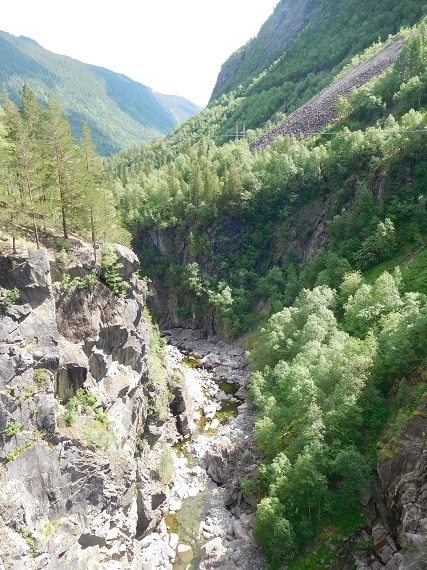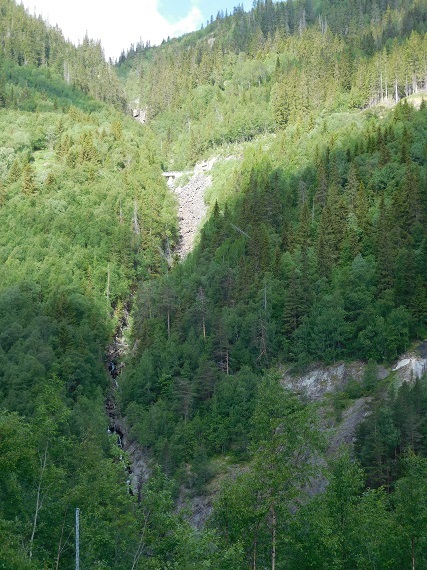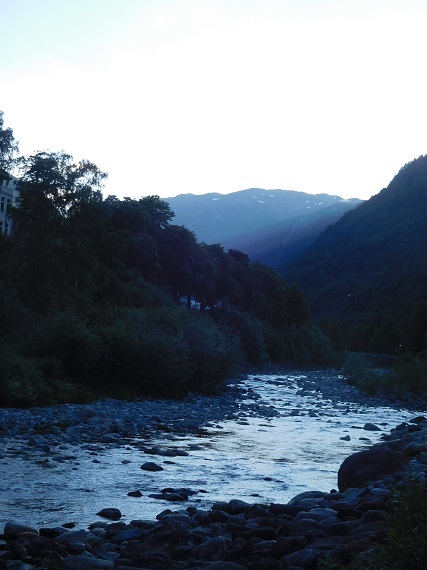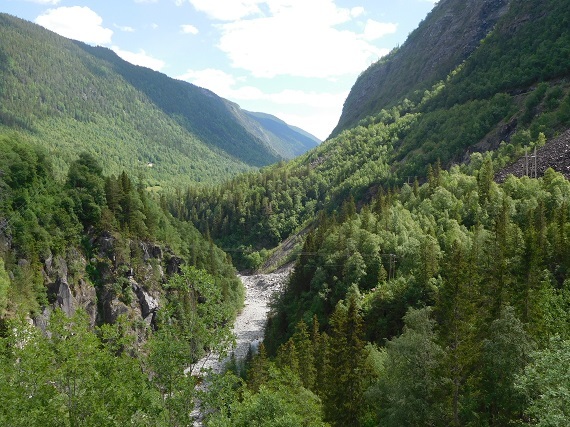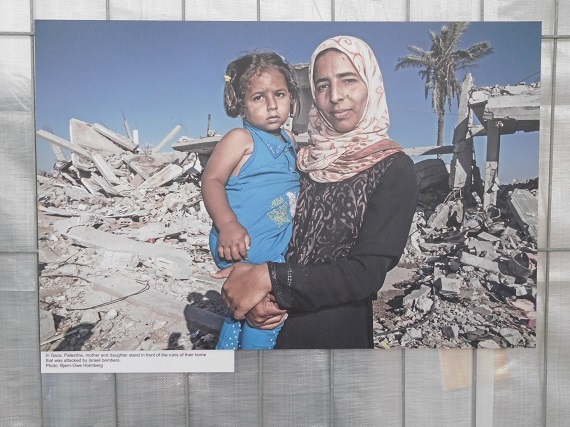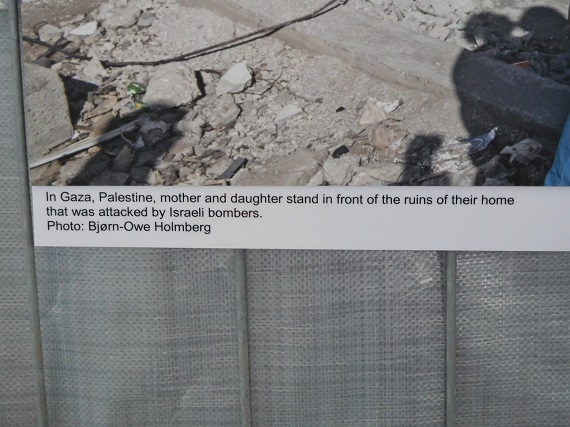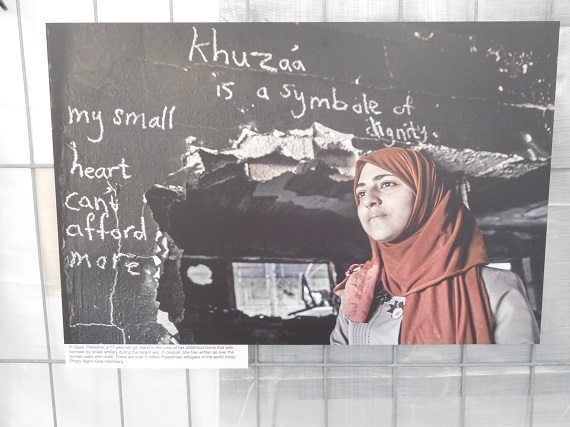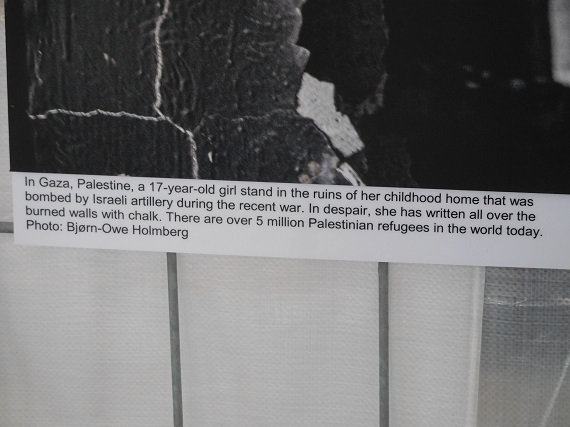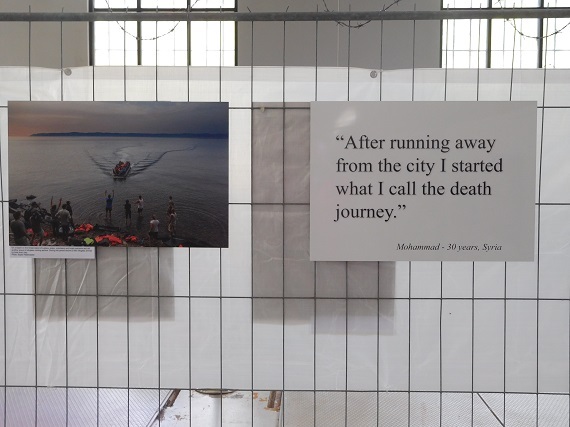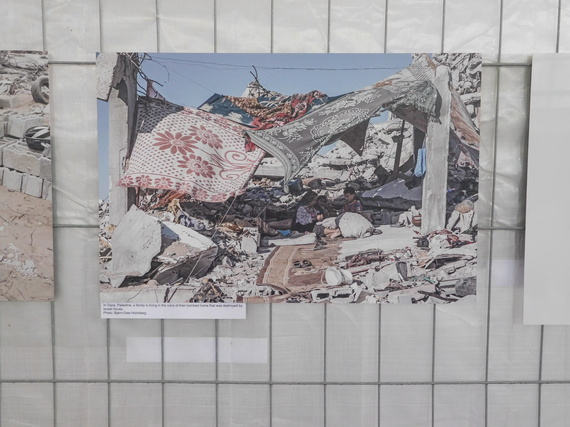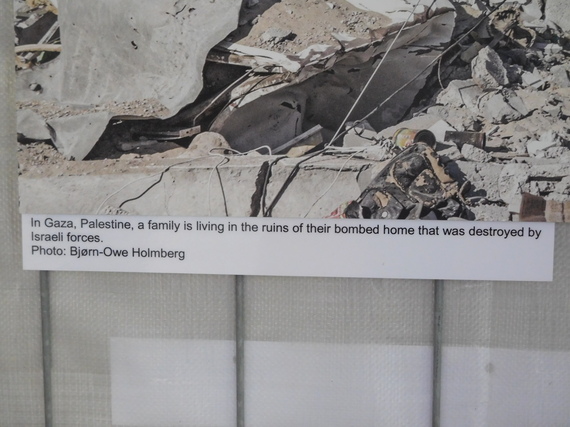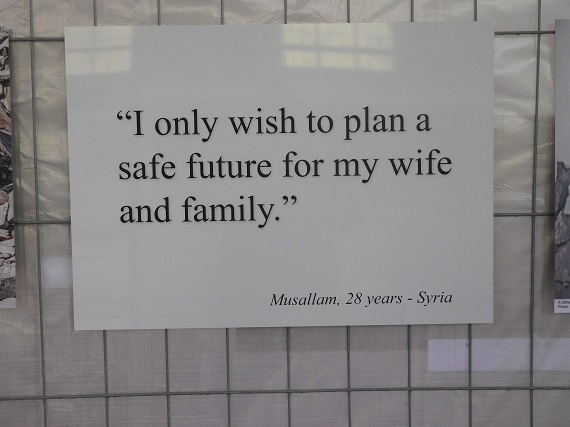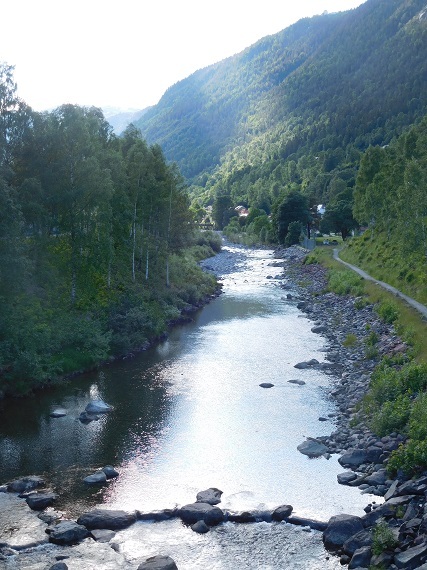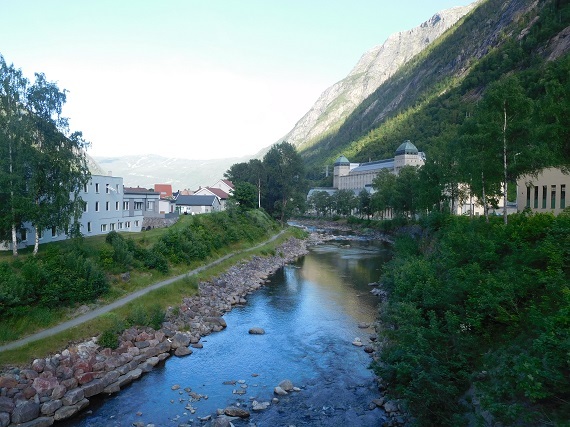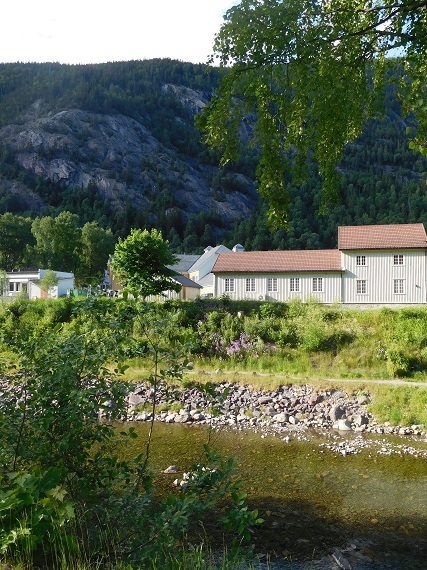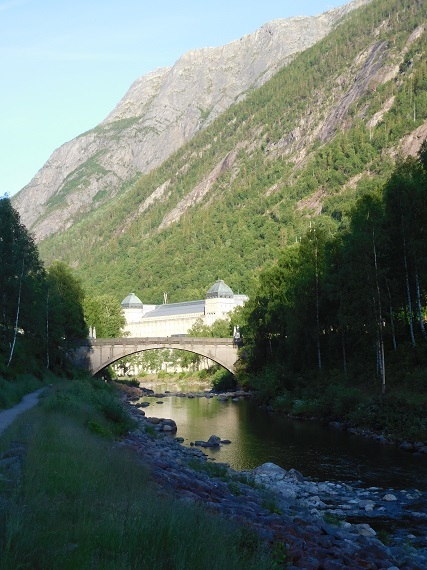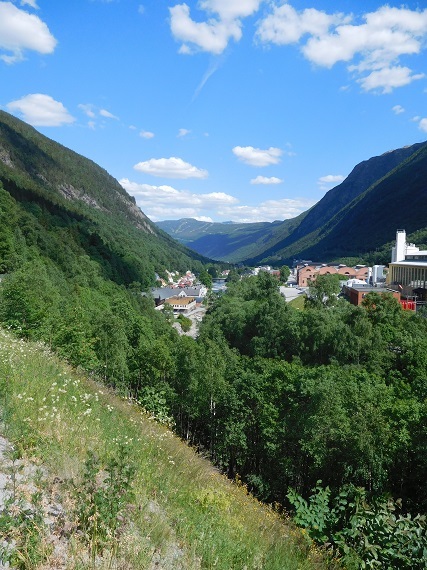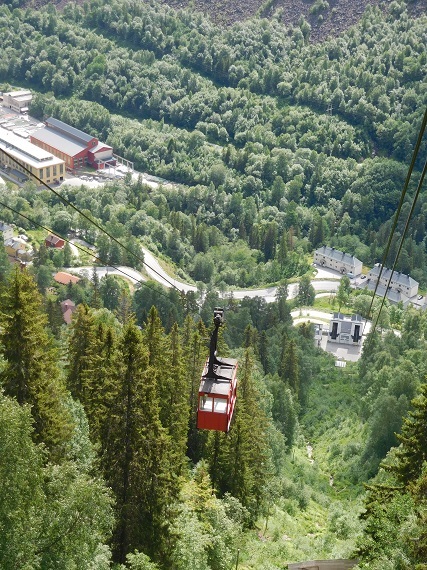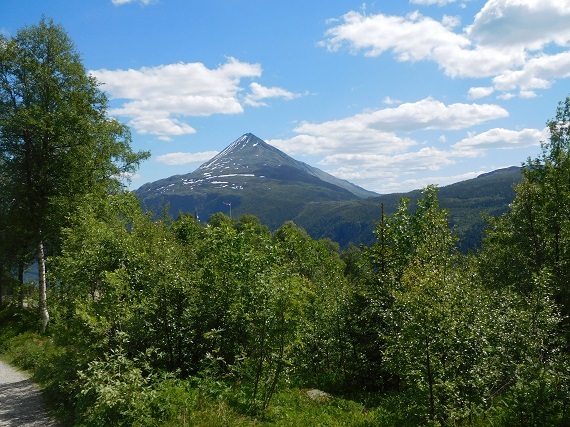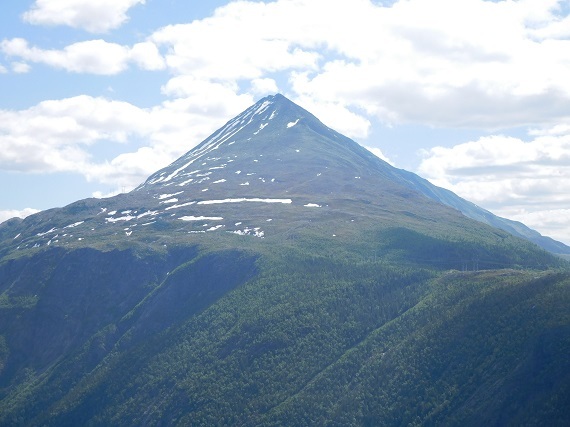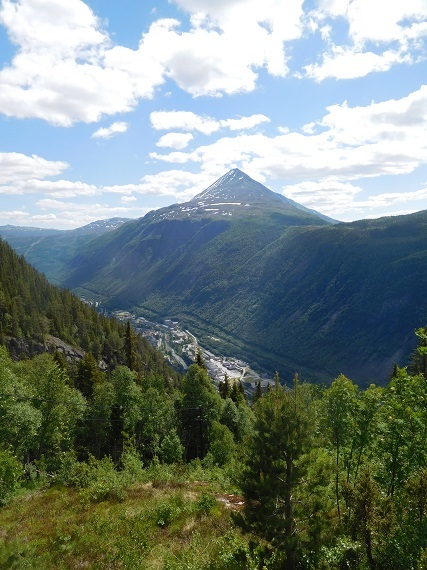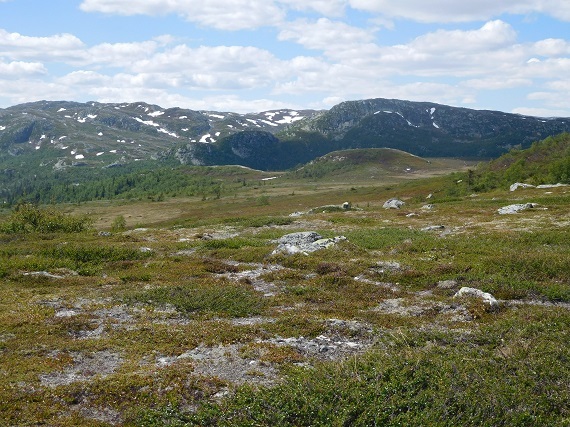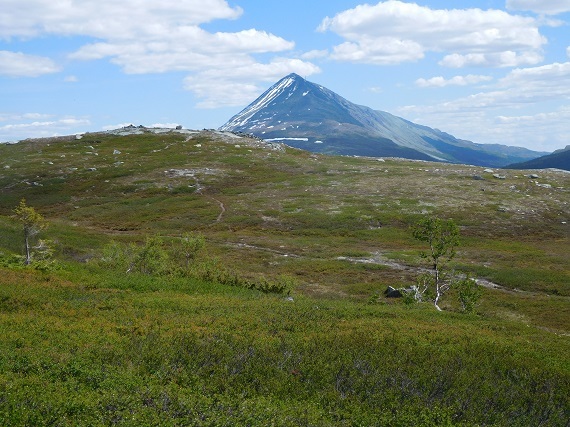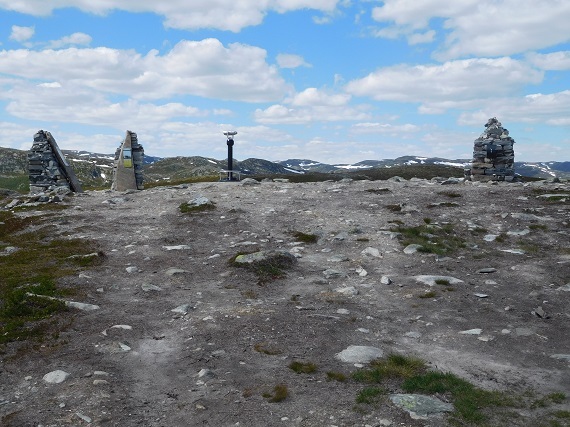On October 19, 1942, Britain's Special Operations Executive (SOE) parachuted four young Norwegian saboteurs onto the bleak Hardangervidda plateau overlooking the magnificent but precipitous Vestfjorddalen valley near Rjukan in southern Norway on a mission of vital importance - to prevent Hitler from getting the atom bomb.
For the massive Vemork hydroelectric station perched on a steep mountainside above the sheer gorge of the Måna River not only provided power but also produced heavy water, a vital A-bomb component. The mission, codenamed Grouse, aimed to eke out intelligence and prepare the ground for a British explosives unit to blow up the plant.
A month later, disaster struck the 34-strong British unit. The two gliders and planes towing them crashed in bad weather and the men died on impact or were later killed by the Germans. For some reason Grouse was renamed Swallow and the four endured a terrible winter atop the plateau, surviving on reindeer meat and half-digested vegetation in the reindeer's stomach for essential nutrients.
On February 27, 1943, SOE parachuted in half a dozen more Norwegians, known as Gunnerside, 30 miles from their target area in a blinding blizzard. But Swallow and Gunnerside met up, descended the now-called Saboteurs' Trail from the plateau, scaled down the gorge's precipitous 300-foot walls and up the other side, blew up the heavy water plant, and safely withdrew, some skiing to Sweden despite a humongous German manhunt.
Their tale is now told at the power plant in a half-hour film entitled 'If Hitler had the bomb.' It's a fascinating tale to follow, but one thing Yours Truly will not be following is their tail along the Saboteurs' Trail - a five-mile hike from the plateau involving some 2,000 feet of upping and downing and culminating in scaling the gorge's precipices. I'd fall to my death at each freaking foot.
The Germans rebuilt the plant and the Americans deemed it such a mortal danger that on November 16, 1943, they unleashed 160 Flying Fortresses in a bombing spree that inflicted virtually no damage on the all-important electrolysis building.
The Germans decided to withdraw all further activities to Germany. Norwegian resistance learned that they were taking the heavy water by regular ferry across Lake Tinn and warned that civilians would be on board. But the nuclear danger was considered so great that they were ordered to sabotage it anyway. The ferry Hydro sank to the bottom, and 18 Norwegian civilians died along with it.
Ironically, at the end of the war the allies learned that the Germans were not nearly as close to an A-bomb as they'd feared.
The silver screen, of course, had to get into the act, and the British film 'The Heroes of Telemark' starring Kirk Douglas and Richard Harris was born in 1965. It was filmed here, so the scenery is authentic despite certain dramatisations and other cinematic ploys - surprise, surprise.
Today, in splendid sunshine, the scenery remains both authentic and superb. And in the souvenir shop they're selling little glass vials of heavy water. I just hope ISIS doesn't get wind of this, buy up the whole lot and produce a little bit of dirty improvisation.
For a totally different reason Rjukan, together with Notodden a few dozen miles to the south, is on UNESCO's World Heritage list for manifesting 'an exceptional combination of industrial assets and themes associated to the natural landscape,' standing out as 'an example of a new global industry in the early 20th century.' This is due to its use of hydropower for industrial projects.
Along with the exhibition commemorating the heavy water sabotage, there's another in Vemork's vast hall of hydro turbines detailing the history of industry and working class culture.
True to Norway's sterling humanitarian vocation, there's a new exhibition just beyond the turbines on the current refugee crisis called 'Crossing Borders,' dealing with the reasons behind the exodus.
This deals with poverty, with photos of Kibera slum in Nairobi, as well as war and violence. There are photos from Gaza explicitly mentioning the destruction caused by Israeli bombing raids. But when it comes to the millions of Syrian refugees there are photos from Greece of their arrival, but no specific mentions of the cause of their exodus or explicit naming of the perpetrators.
Now I've no problem with specifically mentioning Israel's bombing raids on Gaza, even if you don't have space to mention the context for them. But how many refugees from Gaza are among the current millions fleeing? If you don't mention the explicit cause of the exodus of millions of Syrians, however, such as Syrian Government barrel bombing or Muslim extremist atrocities, there's something awry here.
You have a statement, black on a white panel, by Musallem, aged 28: 'I just want to live in peace in a safe country.' But no naming of perpetrators. So you name the so-called perpetrators of a non-exodus, and not those of the real, massive actual exodus.
Norway may be benighted over this, but Rjukan is no longer benighted in winter. It nestles so deep in the Vetsfjord Valley that the 6,000-foot mountains block out the sun's rays for half the year, subjecting its residents to life in permanent shadow from September to March.
But in 2013 the canny citizens pulled a fast one on cosmic nature. They installed three high-tech mirrors on the mountain top, shifting every 10 seconds and reflecting sunlight down to 6,400 square feet round the town square. It cost a bit more than a light bulb - some $850,000 - though I haven't yet worked out the equivalent number of bulbs you'd need for 6,400 square feet.
Soaring high above Rjukan the Krossobanen cable car will sway you up to Gvepseborg, just below the Hardangervidda plateau, with superb uncluttered views of 6,178-foot Gausta Mountain, dubbed by Lonely Planet 'arguably Norway's most beautiful peak.'
From here there's an easy hike of a couple of miles or so up onto the plateau to the remains of a WWII German gun emplacement, though it's a steady 750-foot climb. The views over the lush Rjukan valley and across to Gausta are splendid, especially in contrast to the stark treeless plateau.
From the gun emplacement I could go on another mile and a half or so, but as the last gondola goes down at 4 p.m., and given my propensity to get lost - I mean I can get lost on a straight line with no turn-offs - I retrace my steps.
Another thing I'm not gonna do - Norway's highest bungee jump, some 276 feet from the bridge across the gorge from Vemork.
[Upcoming blog next Sunday: In the halls of the mountain king - Norway's silver mines]
______________
By the same author: Bussing The Amazon: On The Road With The Accidental Journalist, available with free excerpts on Kindle and in print version on Amazon.
